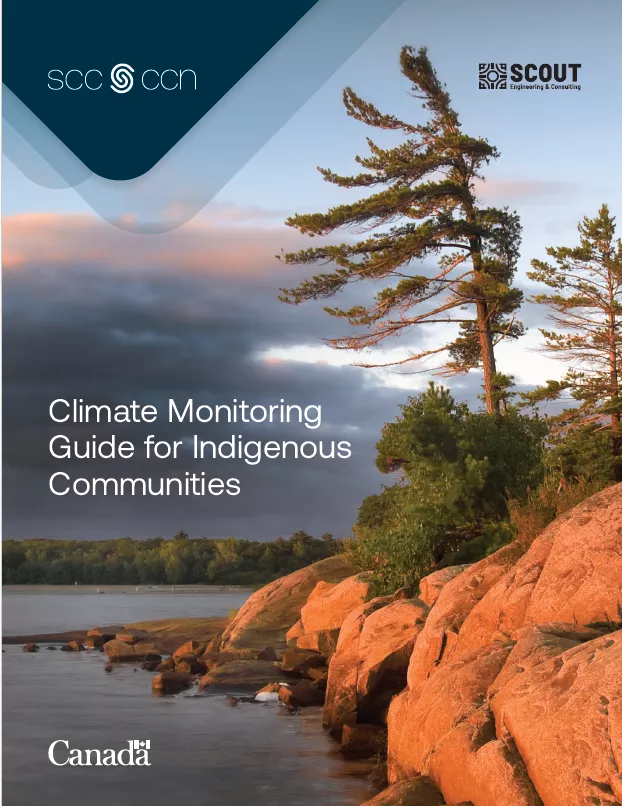Supporting Indigenous communities affected by climate change
First Nation, Métis and Inuit communities across Canada are directly experiencing the impacts of climate change. In northern regions, permafrost thaw and changes to snow and ice conditions have made navigation more difficult and dangerous for land users. In southern regions, more intense and frequent droughts, floods and wildfires have led to emergency situations for many communities. In coastal regions across the country, rising sea levels and erosion threaten the safety of housing and infrastructure. In response, Indigenous communities are adapting and seeking solutions in their territories.
Since early 2018, Crown-Indigenous Relations and Northern Affairs Canada’s (CIRNAC) Indigenous Community-Based Climate Monitoring (ICBCM) Program and SCC Standards to Support Resilience in Infrastructure Program have worked together to develop voluntary guidance for Indigenous communities undertaking physical climate monitoring.
In November 2020, CIRNAC and SCC partnered with Scout Engineering and Consulting Ltd., an Indigenous engineering company, to lead the development of this guide. The project benefited immensely from a steering committee comprising Indigenous and non-Indigenous representatives, including Knowledge Holders and climate change monitoring and adaptation experts. Members provided valuable expertise and knowledge to help determine key climate variables, support the writing of the guide and provide feedback on its contents.
Why conduct a community-based climate monitoring project?
For generations, Indigenous Peoples have maintained strong relationships with the environment through cultural practices and traditions. From this comes a rich body of Indigenous climate knowledge that includes information about changes in weather patterns, the timing of freeze and thaw cycles, snow and ice conditions, and other climate-related phenomena. This knowledge is often passed down through generations and is incredibly valuable, as it can help us understand how climate change is affecting our planet.
Community-based climate monitoring is gaining traction across Canada as a way for Indigenous communities to better understand and respond to climate change. Compared to academic-driven monitoring, which looks at questions that come from outside the community, this approach enables Indigenous communities to come up with solutions and adaptations to climate change that address their own questions and concerns. Projects may be informed by scientific observations, Indigenous Knowledge or both.
Ultimately, community-based climate monitoring empowers Indigenous communities to collect and use their own traditional knowledge to respond to climate change. This approach can help strengthen awareness of environmental issues within a community and enhance trust in climate monitoring data among community members. It can also promote consideration of Indigenous Knowledge and worldviews in natural resource management and decision making.
Any Indigenous community anywhere in Canada can start a community-based climate monitoring project to help understand environmental changes. Driven by community members, these projects reflect local priorities and are supported by the broader community.
